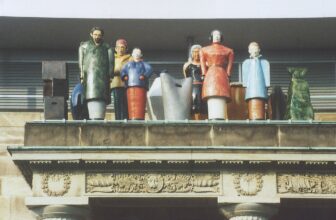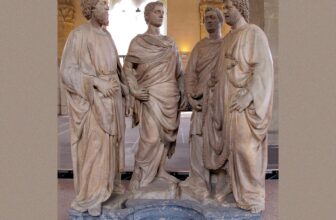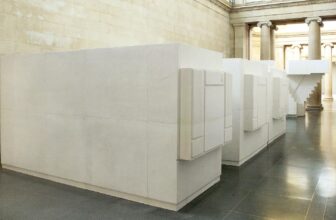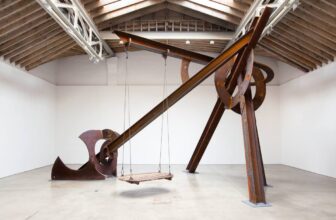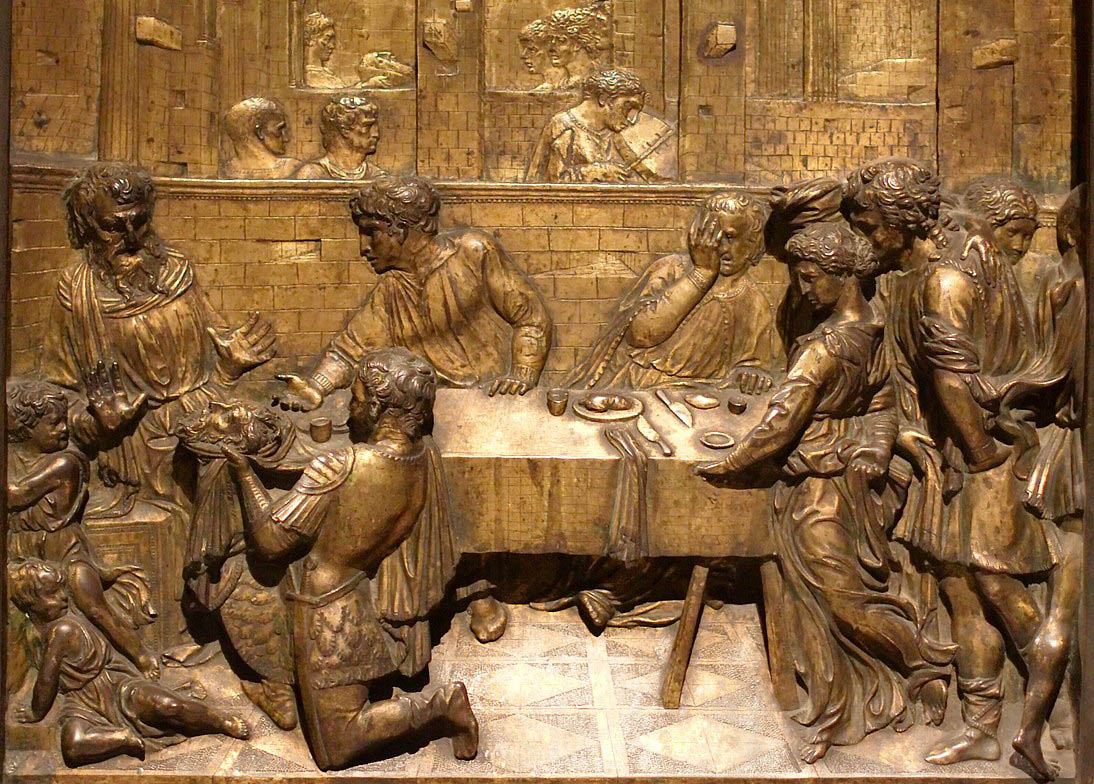
What is The Feast of Herod Sculpture Represents
Donatello, one of the most influential sculptors of the Italian Renaissance, forever altered the course of Western art through his innovations in sculpture. Among his many groundbreaking works, The Feast of Herod, a bronze relief created between 1423 and 1427, stands as one of his most compelling masterpieces. This work encapsulates the artistic, cultural, and intellectual spirit of the early Renaissance while pushing the boundaries of narrative and visual storytelling in sculpture. In this extensive exploration, we will delve into the meaning, symbolism, fame, and current location of The Feast of Herod, unraveling the layers that make it an enduring marvel.
The Feast of Herod was commissioned as part of the baptismal font in the Siena Cathedral’s Baptistery of San Giovanni. This was a significant civic and religious project, featuring panels by several master sculptors including Lorenzo Ghiberti and Jacopo della Quercia. Donatello’s contribution stands out due to his pioneering use of perspective and dramatic intensity.
During the early 15th century, Florence and Siena were hubs of artistic innovation. Artists and scholars were rediscovering the humanism of classical antiquity, leading to revolutionary developments in anatomy, perspective, and naturalism. Donatello, deeply influenced by these trends, brought them to sculpture with a psychological depth and architectural precision previously unseen in relief work.
What is The Feast of Herod Sculpture Represents
The relief depicts a chilling episode from the New Testament (Mark 6:17–29 and Matthew 14:3–11): the beheading of John the Baptist at the behest of Salome, Herodias’ daughter, following a dance that pleased King Herod. In Donatello’s interpretation, the scene is emotionally and visually fragmented, yet cohesive, capturing multiple moments in a single frame, a technique known as continuous narrative.
On the left, Salome presents the severed head of John the Baptist on a platter to Herod. The center shows Herod recoiling in horror, while on the right, the execution takes place. The architecture, soaring arches and receding spaces, guides the viewer’s eye through the emotional cadence of the story.
Symbolism and Thematic Depth
Donatello’s Feast of Herod is rich in symbolic meaning and artistic experimentation:
- Psychological Realism: Herod’s expression of shock is a masterstroke in emotional realism. The reactions of surrounding figures vary from curiosity to horror, representing a spectrum of human responses to moral transgression.
- Architectural Perspective: Donatello employs rilievo schiacciato, or flattened relief, to create depth using linear perspective. This symbolizes the Renaissance interest in rational order, human cognition, and spatial reality.
- The Severed Head of John: The head symbolizes martyrdom, prophecy, and the consequences of moral corruption. John the Baptist was seen as a precursor to Christ, making his death a foreboding symbol of injustice and sacrifice.
- Dance of Salome: Though not explicitly shown, the aftermath evokes themes of seduction, manipulation, and the misuse of power. The unseen dance lingers in the minds of viewers, making its implications more potent.
- Dual Realities: The juxtaposition of the execution and the banquet symbolizes the clash between the sacred and the profane, indulgence and sacrifice, authority and righteousness.
Why The Feast of Herod is Famous
Several factors contribute to the enduring fame of Donatello’s Feast of Herod:
1. Technical Innovation
Donatello’s use of linear perspective in sculpture was revolutionary. Inspired by Brunelleschi’s architectural theories, he applied mathematical principles to a bronze surface, creating an illusion of three-dimensional space that had never been achieved in sculpture before.
2. Narrative Complexity
Unlike the static scenes of Gothic reliefs, Donatello’s panel tells a dynamic story. The movement across time and space within one frame makes it a landmark in the evolution of narrative art.
3. Human Emotion
Donatello’s ability to infuse metal with feeling was unparalleled. Herod’s horrified expression and the complex interplay of gazes and gestures elevate this from a mere biblical illustration to a psychological drama.
4. Artistic Influence
This relief directly influenced future generations of artists. It demonstrated the potential of sculpture to rival painting in depth and expression. Michelangelo, among others, drew inspiration from Donatello’s daring and innovation.
5. Integration of Architecture and Sculpture
The use of architectural elements to frame and enhance the narrative was a masterful touch. This integration prefigured many later Renaissance works where painting, sculpture, and architecture worked in concert.
The Current Location
The Feast of Herod remains in its original context, mounted on the baptismal font in the Baptistery of San Giovanni (the Baptistery of St. John) in Siena, Italy. The hexagonal font itself is a collaborative masterpiece featuring panels by multiple renowned sculptors. Donatello’s panel occupies a prominent position and continues to draw visitors from around the world.
Siena’s Baptistery, adjacent to the Siena Cathedral, is a sacred and historical site. Visiting it allows viewers to appreciate the sculpture in situ, where light, space, and surrounding artworks create a holistic spiritual and aesthetic experience.
Donatello’s Legacy Through the Relief
The Feast of Herod is a microcosm of Donatello’s genius. Through this relief, we witness the transition from medieval symbolic art to Renaissance humanism. His work encapsulates the ideals of individual emotion, rational space, and the power of narrative.
This piece also marks a moment when sculpture transcended its boundaries. It was no longer confined to idealized forms or decorative niches; it became a means of intellectual and emotional engagement. Donatello carved not only into bronze but into the psyche of Western art.
Donatello’s The Feast of Herod is not merely a work of art, it is a landmark in the history of visual storytelling. Through its emotive force, spatial innovation, and symbolic complexity, it captures the essence of the early Renaissance. Its depiction of biblical tragedy becomes a universal meditation on power, innocence, and consequence.
As viewers, we are not just observers but participants in its drama. The relief invites us to walk through its arches, confront its emotions, and reflect on its meanings. It stands today, nearly six centuries later, not as a relic of the past, but as a living conversation between art and humanity.
Whether one is a scholar, an artist, or a curious traveler, encountering The Feast of Herod is a transformative experience, a moment where history, technique, and timeless narrative meet in bronze and brilliance.
